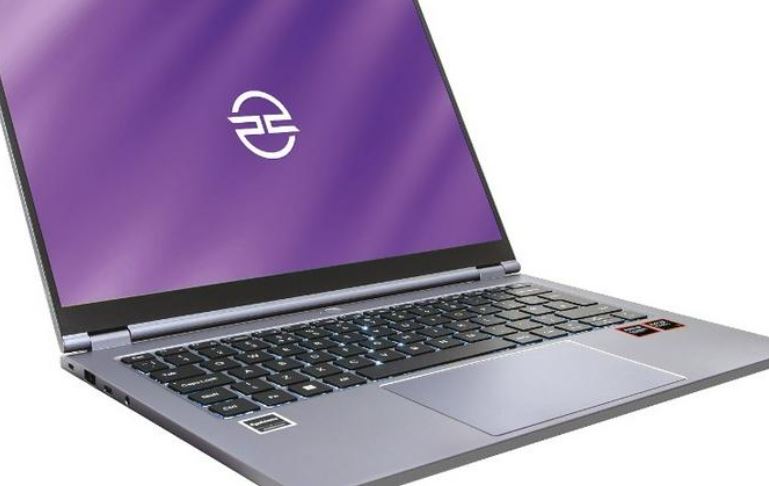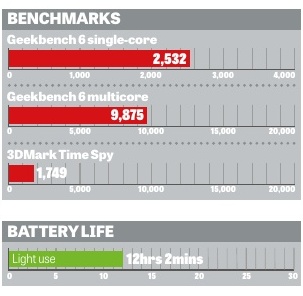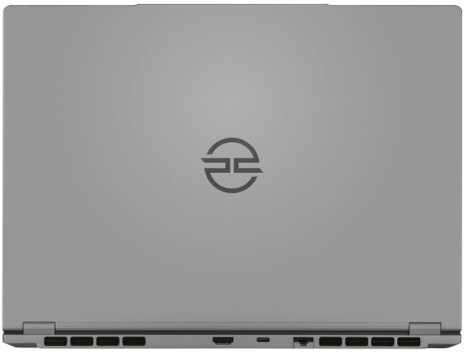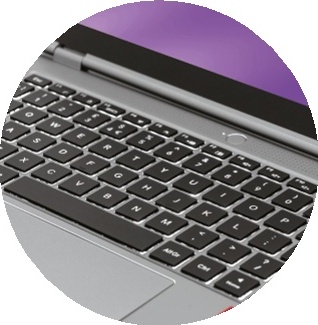
This review first appeared in issue 361 of PC Pro.
Dell’s Inspiron 14 Plus is currently the cheapest Copilot+ PC around, but if that’s still too much and your heart is set on an AI PC, then the PCSpecialist Lafité AI AMD may be the answer.
Rather than featuring one of AMD’s new Ryzen AI 300 series chips, PCSpecialist saves a chunk of cash by opting for last year’s AI hotshot, the Ryzen 8845HS. Its NPU offers 16 TOPS compared to the 55 TOPS of the Ryzen AI 370 HX in the trio of Asus laptops on review this month, which means no Recall or Cocreator built into Windows, but you can take advantage of third-party software enhanced for NPUs. So far, that mainly means video-editing and photo-editing software (think removing background noise), plus blurring effects in video calls.

You’re also buying an eight-core, 16-thread processor, and one that typically stands up well compared to Intel’s Core Ultra 7 155H. You can see that in the single-core performance in Geekbench 6, with a result of 2,532 above the 2,349 of the LG gram Pro. I saw the same in Cinebench 2024, where the Lafité scored 105 to 99 of the LG, and it also performed in the multicore section: 871 versus 660. It was only in Geekbench 6’s multicore test that PCSpecialist’s machine came second, with 9,875 to the gram Pro’s 12,646.
PCSpecialist provides 16GB of RAM, leaving one SODIMM socket free. That hampers gaming performance, which you can see in the Lafité’s 1,749 return in 3DMark Time Spy – the Radeon 780M graphics here typically return a score closer to 3,000 – and our gaming benchmarks. At 1080p Low settings, the Lafité returned averages of 28fps in Shadow of the Tomb Raider and Cyberpunk 2077, and 36fps in Dirt 5.
These frame rates should jump by around 50% if you install a second SODIMM.
It’s easy to do this yourself as just a few crosshead screws keep the base in place. You can also replace the 512GB SSD, a budget SolidIGM drive that offers fast 3,515MB/sec sequential reads but 1,606MB/sec writes.

The budget again shows in the chassis, which is made of metal but doesn’t exude the class of its big-name rivals. It’s also a porky 18.5mm thick and weighs 1.4kg. The 100W power supply is similarly chunky and adds 330g of weight, but it does its job quickly: the Lafité went from empty to 93% in an hour. Battery life is strong for such an affordable gaming laptop, lasting for 12hrs 2mins in our light-use test, but that’s an area where Qualcomm powered laptops are far superior.
You can’t expect a top-grade panel at this price, but PCSpecialist makes a much better pick than Dell with the Inspiron. Not only does this IPS panel produce great whites, it covers 99% of the sRGB gamut with excellent accuracy (an average Delta E of 0.29), and brightness peaks at a respectable 375cd/m2. Add a 120Hz refresh rate and pin-sharp 2,880 x 1,800 resolution and it’s an undoubted highlight. The speakers are again good for the price.

I’m less enamored by the keyboard, which feels like someone forgot to add the springs, but it’s functional, includes a backlight and suffers from no obvious layout issues. The touchpad is similarly basic, and the buttons too “clicky” for my liking, but again I guide your eyes to this laptop’s asking price. I’m less forgiving about the woeful webcam, with a fuzzy image I’d be embarrassed to use on a call. At least it supports Windows Hello.

While I would like more than one USB-C port, which is needed for charging, it is at least USB-C 4. And there are three USB-A ports, two of which support 10Gbits/sec transfers. A 3.5mm jack and full-size SD card slot complete the hardware, with Wi-Fi 6E and Bluetooth 5.2 covering the wireless side.
I have my criticisms, but the price is simply exceptional. Add in the three-year warranty – even allowing that parts are only covered for the first year – and it’s impossible to argue with. I would immediately buy and fit a matching 16GB Corsair DDR5-4800 SODIMM to give gaming a boost, but otherwise this is a great laptop for those who prioritize specs over slick design.







